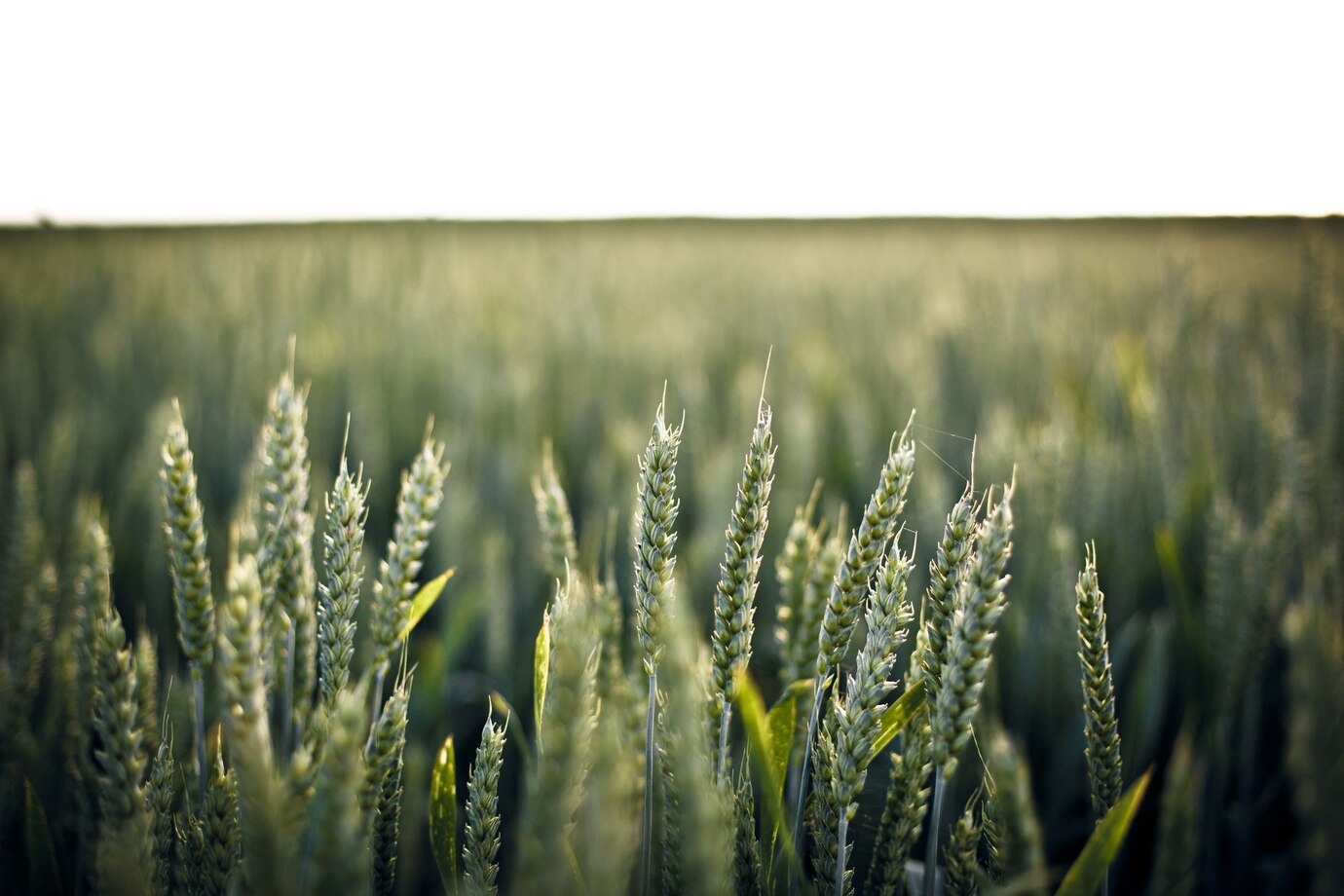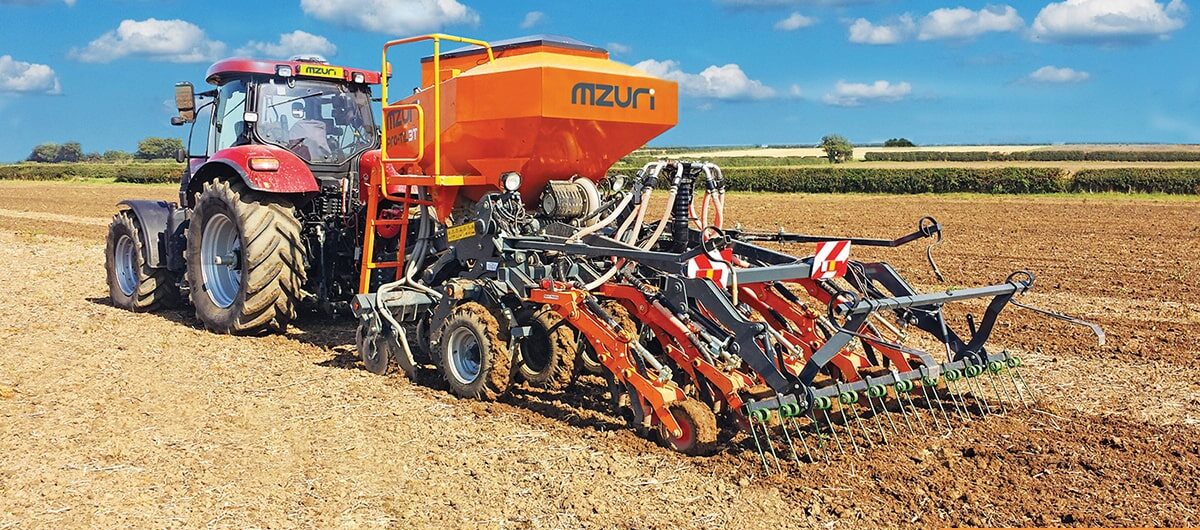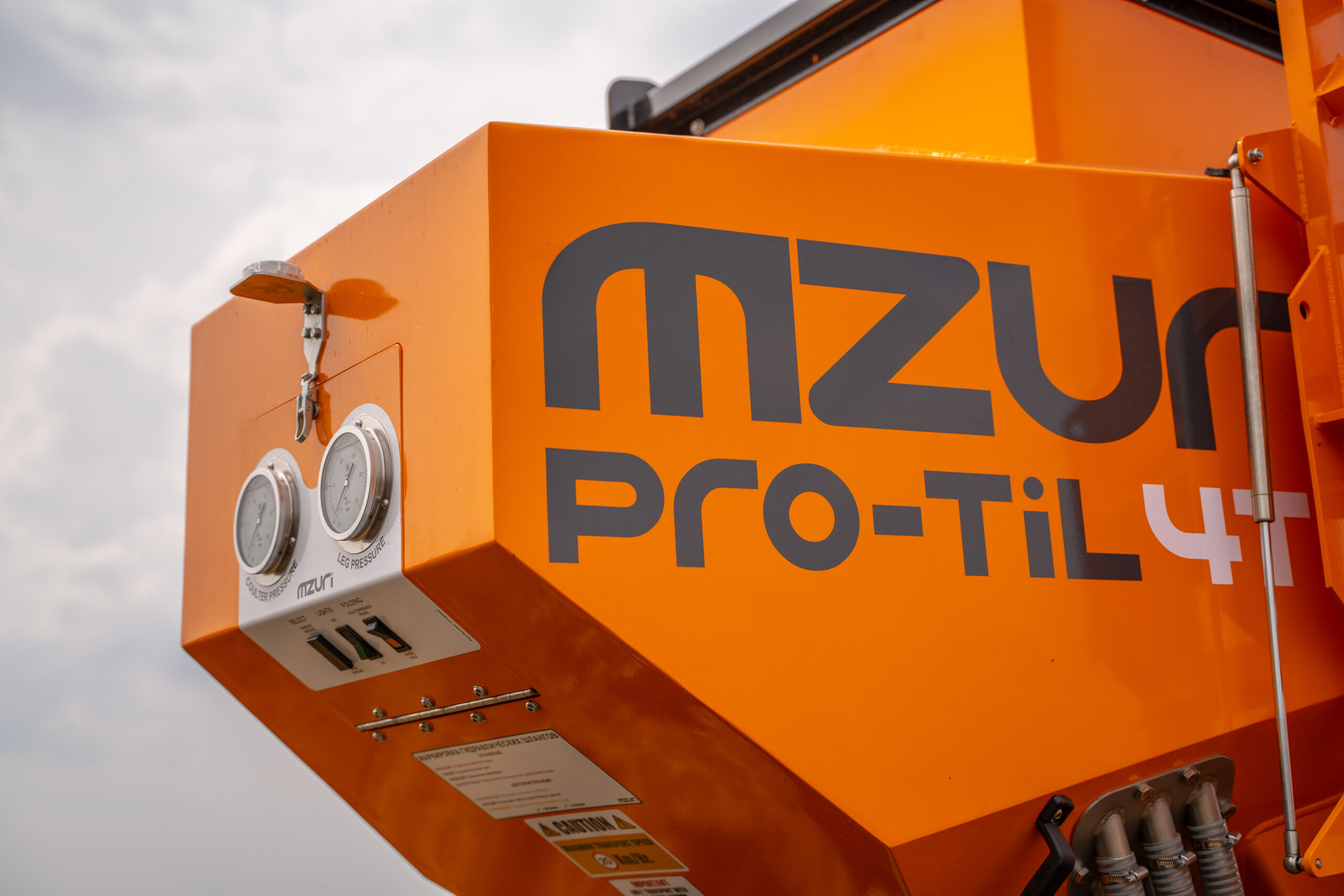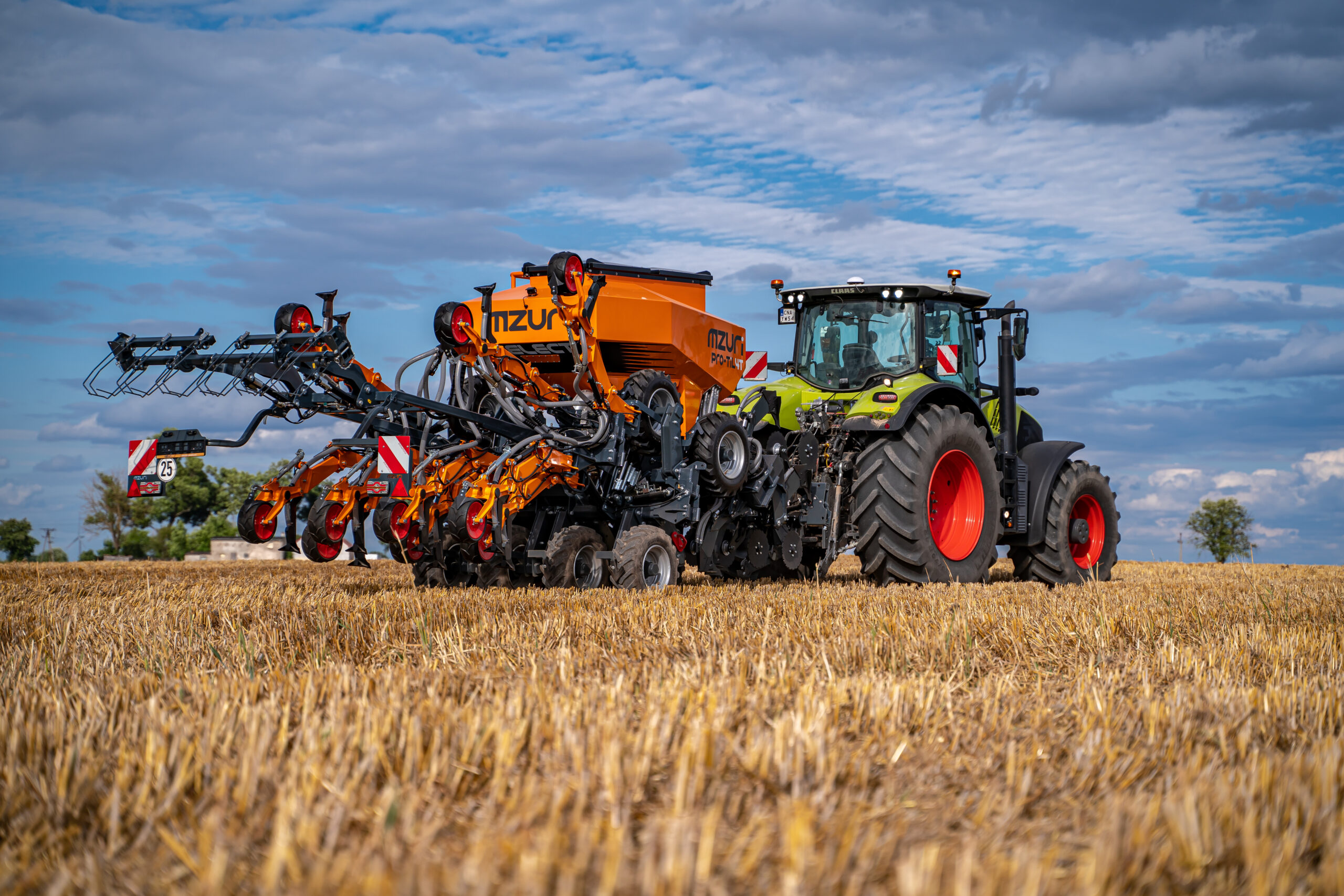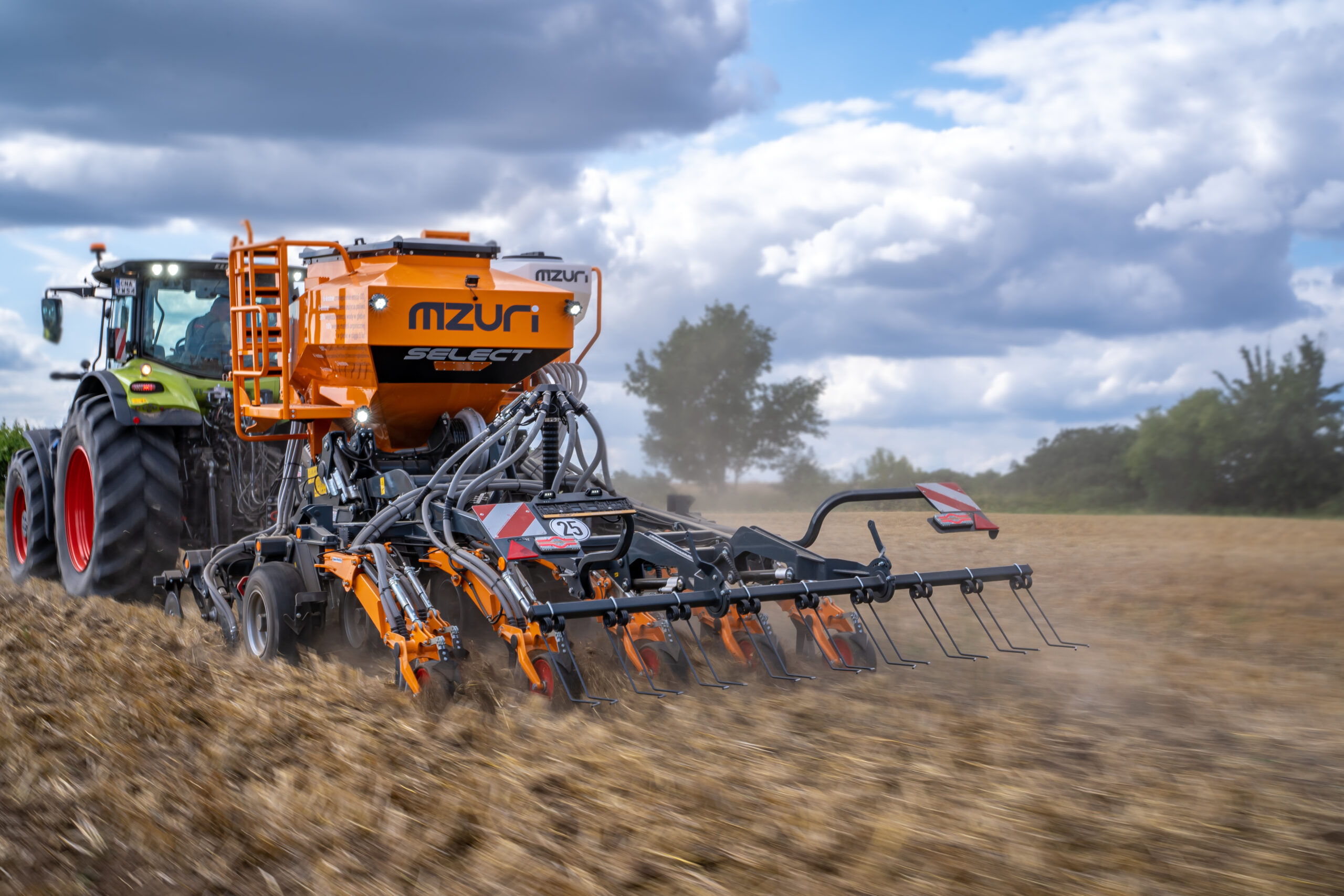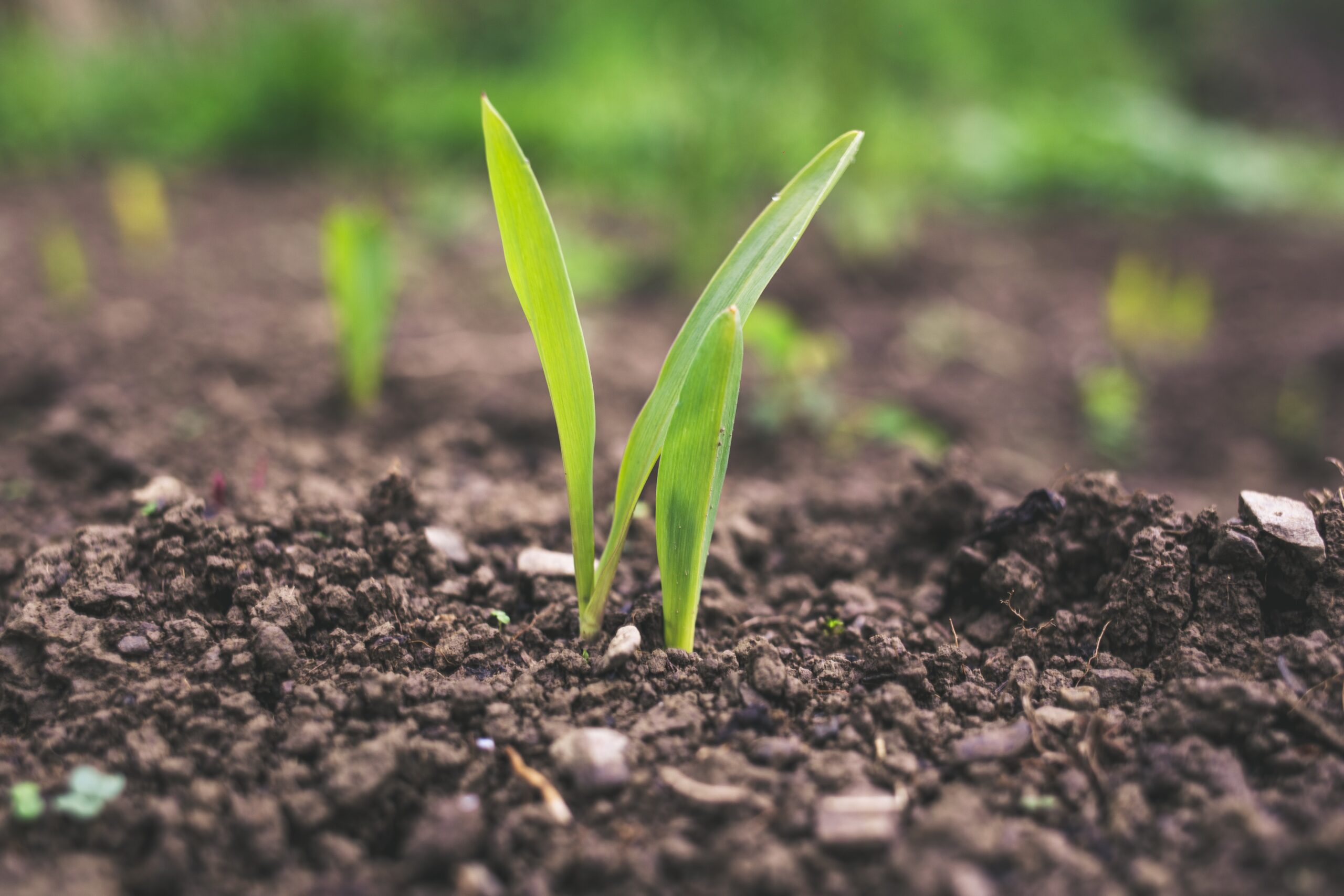The strip-till concept itself is far from sophisticated, and still it saves a lot of time and money if only on fuel. Therefore, it comes as no surprise that the number of strip-tillage devotees is on the rise. The method is applicable for crops below.
Soya bean is a plant that can be classified as thermophilic, and this means that it is characterized by a fairly high sensitivity to spring frosts. For optimal development (germination), the soil temperature should be 8-10 degrees and the air temperature should be between 10-15 degrees Celsius. If you fail to choose the right time to sow, the results will not be satisfactory. Laying in too cold soils, seed will not germinate, but rot instead. Fertilisation and the condition of the soil, such as loosening, also have a major influence on the success of the crop.
You won’t be able to guarantee the right soil temperature using modern soya bean seed drills, but when used under the right conditions, they will be allies in your campaign for satisfying crops. So if you are serious about a comprehensive approach to strip-till soya beans, opting for the purchase of professional seed drills for strip tillage is worthwhile. More and more people see the opportunities related to soya bean strip tillage, so a specialised strip-till equipment is often purchased for this purpose.
Sunflower is a plant that can also be grown on weaker soils and does not require intensive fertilisation. So does it make sense to grow sunflowers in a strip-till system? Absolutely. Even though this crop does not need as much fertiliser, using the strip-till seed drills for sunflower crops allows for more economical fuel management and a positive impact on the plant’s efficient use of nutrients. Again, the sunflower strip-tillage is simply an economical solution.
Strip tillage is a technology that is also used for this crop. One of the reasons you can benefit from the rape strip tillage is because oilseed rape, as proved by research by the Faculty of Agrotechnology of the Koszalin University of Technology, responds very well to various soil tillage modifications. Growing rape in the strip tillage technology helps to achieve uniform crop emergence. The farms under research also found that strip till seed drills reduced seed, fertiliser and fuel consumption, compared to standard cultivation.
Maize is a crop which is grown quite intensively in Poland, because it is used as fodder for dairy cattle, for instance. One of the problems a farmer planning to focus on such seeding may run into is droughts. In our climate, the consequences of periodic droughts can be mitigated to some extent. Maize is a crop that is typically grown in wide rows. This means that it is an ideal crop for strip till cultivation. Growing maize in the strip-till technology causes less water losses by the soil during spring works. Subsequently, the soil also retains an increased capacity to store water. The maize strip-tillage is therefore one of the ways to safeguard to some extent against adverse weather conditions that are beyond our control.
Evidently, seed drills for maize and the other variants of the strip till seed drill provide a fairly versatile solution, as the above list of crops that can be strip tilled are just examples. Contradictory to plough-based tillage, strip tillage does not require the soil to recover from interference in the soil structure. Normally, the period for regaining a well-balanced soil takes about 2-3 weeks. A striptill drill for rape, maize, sunflower and soya bean (also known as strip tillage) allows for a compromise approach to soil cultivation.
